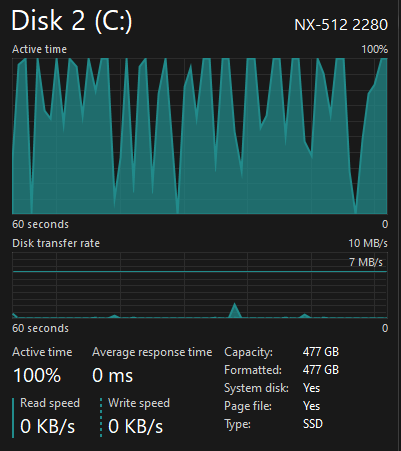this post was submitted on 14 Aug 2023
39 points (97.6% liked)
PC Master Race
14917 readers
1 users here now
A community for PC Master Race.
Rules:
- No bigotry: Including racism, sexism, homophobia, transphobia, or xenophobia. Code of Conduct.
- Be respectful. Everyone should feel welcome here.
- No NSFW content.
- No Ads / Spamming.
- Be thoughtful and helpful: even with ‘stupid’ questions. The world won’t be made better or worse by snarky comments schooling naive newcomers on Lemmy.
Notes:
- PCMR Community Name - Our Response and the Survey
founded 1 year ago
MODERATORS
you are viewing a single comment's thread
view the rest of the comments
view the rest of the comments

I know it seems impossible but the first thing I thought of was a chia coin mining malware.
I do not know what kind of software it is but would it survive a complete formatting of the drive?
It shouldn't. The only two occasions where that might happen is if you used an infected Windows installer after the wipe or if it's a rootkit, though the latter is much less likely.
Downloaded the installer directly via Microsoft website.